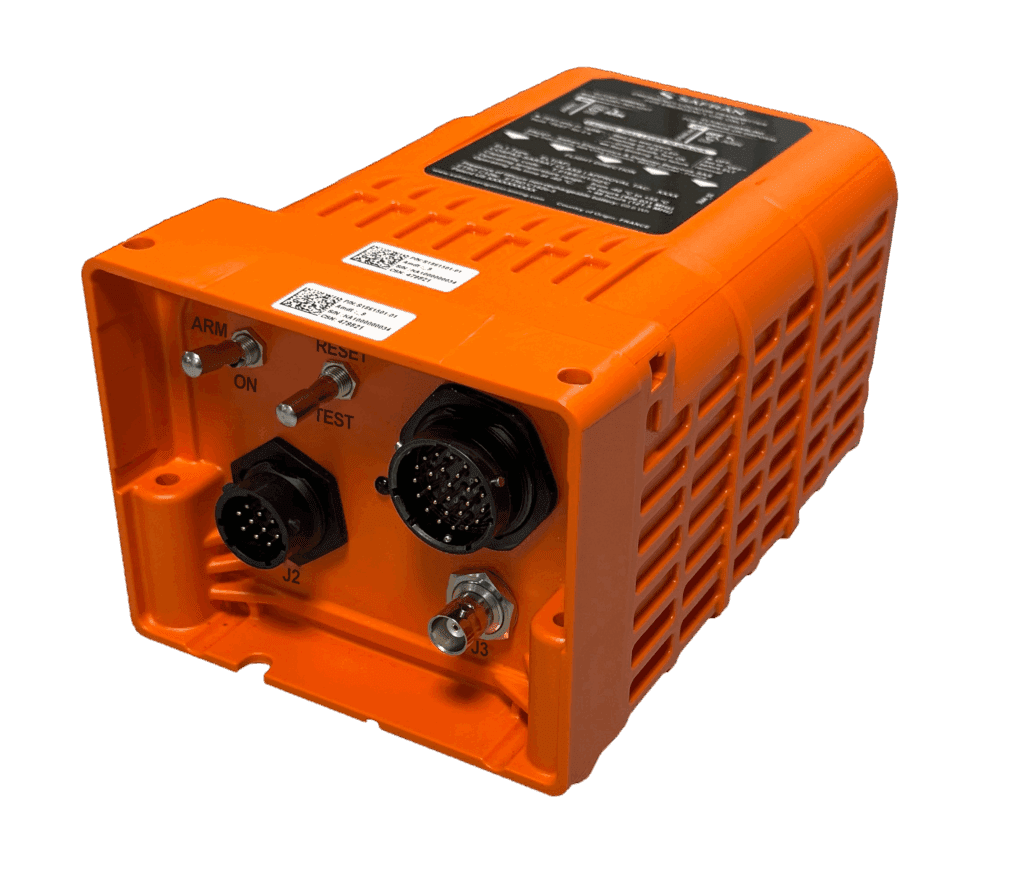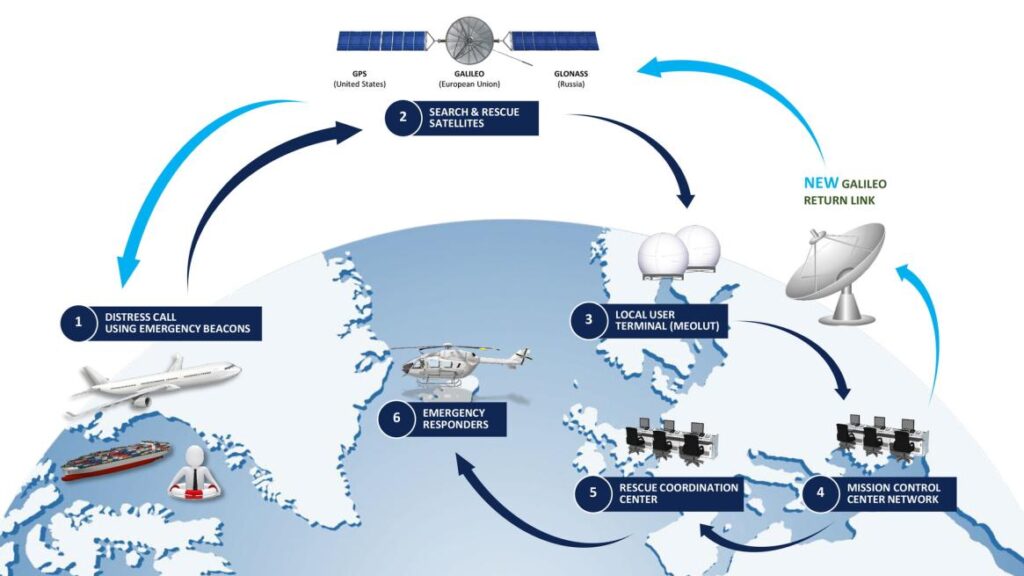
Safran distress beacons for Embraer’s new eVTOL
June 05, 2025
Imagine boarding a flying taxi to cross the city tomorrow. This prospect could become a reality as early as next year. Since 2017, Eve Urban Air Mobility, a subsidiary of Embraer, has been developing an innovative air transport solution for short urban journeys. This project, known as the Eve program, aims to design an electric vertical take-off and landing (eVTOL) vehicle, and Safran is involved!

Distress ELT on board Embraer’s eVTOL
« Safran Electronics & Defense Beacons is excited to join this bold adventure, explains Frédéric MENARD Program Director. We will be equipping all Eve vehicles with its Ultima-AF distress ELT. This collaboration is not a first for Safran Electronics & Defense Beacons and Embraer, which have already worked together on various projects and programs such as Phenom, Praetor, and E2 programs with Safran Beacons civil ELTs, laying the foundations for a strong partnership.
Thanks to the Ultima AF ELT, Search and Rescue teams can quickly and accurately locate an aircraft in the event of a distress situation thanks to crucial features that facilitate rescue operations and maximize chances of survival.
Ultima AF ELT: cutting-edge technical features
Eve Urban Air Mobility therefore selected the Ultima-AF ELT due to its technical specifications and qualities. Lightweight (1.6 kg) and compact, the Ultima AF is fixed to the fuselage of an aircraft and is part of the new generation of the Cospas-Sarsat system (C/S T.018 and C/S T.021). Compatible with the latest EASA/FAA standards, it offers cutting-edge safety, reliability, and robustness. Equipped with a lithium battery, it ensures high durability and can withstand extreme conditions, withstanding temperatures from -40°C to +55°C. Its certification is expected by 2026.
Safran Electronics & Defense Beacons is expected to deliver its first prototypes this year and begin series production in 2026, in accordance with the contract. How do these distress beacons work? When an accident occurs, the rescue process begins with the activation of the distress signal. It can be triggered either manually from the cockpit or automatically upon impact, thanks to a 6-axis acceleration sensor.
Once activated, the ELT transmits a distress signal on three frequencies, using its internal and/or external omnidirectional antennas, even in difficult conditions such as heavy storms or fires. The signal is transmitted on the main frequency (406 MHz) to satellites in orbit for 24 hours, and on two additional VHF/UHF frequencies (121.5/243 MHz), which transmit locally for 48 hours.
The satellites receive and locate the signal and relay the information to ground receiving stations, called Local User Terminals (LUTs), strategically located around the world.
These stations decrypt the data and immediately forward it to Mission Coordination Centers (MCCs), which analyze and confirm the validity of the signal.
The MCC then contacts local or national emergency services such as the CROSS (Regional Operational Center for Surveillance and Rescue) in France, which organize the rescue operation.


Safran Electronics & Defense Beacons, Specialist and leader in distress and location ELT
Based in Guidel, Brittany (France), SED Beacons is specialized in the design, marketing, and support of distress beacons. With more than 100 000 units already produced to date, these beacons meet the varied requirements of the civil and military aviation sectors and are suitable for all types of aircraft (airplanes, helicopters, UAVs etc.).
SED Beacons has developed several types of next-generation beacons including:
- Fixed automatic beacons, such as the Ultima-AF, which are triggered on impact
- Distress Tracking beacons, such as the Ultima DT, which are activated before a crash when certain abnormal parameters are detected on board
- Portable survival beacons, such as the Ultima-S, are manually activated by the crew in an emergency.









